White Pepper: 7 Spicy Secrets That Will Blow Your Mind (And Kitchen)!
If you thought black pepper was the only king of the spice rack — think again. Today, we’re shining the spotlight on its smoother, slightly more mysterious cousin: white pepper. It might not have the same street cred as its darker sibling, but don’t let that fool you — white pepper brings a whole different flavor game to the table.
In this blog, we’ll break down everything from where it comes from, how it differs from black pepper, and why it deserves a permanent spot in your kitchen drawer. Oh, and did we mention some seriously useful cooking tips and tricks? Let’s get spicy!
Table of Contents
- What Is White Pepper, Anyway?
- White Pepper vs. Black Pepper: The Ultimate Face-Off
- Culinary Tips: How to Use White Pepper Like a Pro
- Health Benefits You Didn’t Know Existed
- How to Store White Pepper (Hint: Not Just Any Jar Works)
- Myths vs. Truths: Busting Common White Pepper Misconceptions
- Spice It Up: Creative Recipes Featuring White Pepper
What Is White Pepper, Anyway?
Let’s start at the beginning — where does white pepper come from? Spoiler alert: it's not just bleached black pepper (although that sounds like something a mad scientist would try).
White pepper is made from the same peppercorn as black pepper — Piper nigrum — but the difference lies in the processing method:
- Black pepper: Dried unripe fruit of the pepper plant
- White pepper: Fully ripe peppercorns that have been soaked and fermented to remove the outer layer (the pericarp), leaving only the inner seed
This process gives white pepper a milder, earthier flavor compared to the sharper bite of black pepper. Think of it as the refined, less aggressive version of the duo.
White Pepper vs. Black Pepper: The Ultimate Face-Off
We’ve all seen those pepper grinders side by side — one black, one white. But what really sets them apart? Here’s a quick breakdown in table form:
| Characteristic | White Pepper | Black Pepper |
|---|---|---|
| Flavor Profile | Mellow, earthy, slightly fermented | Sharp, bold, citrusy |
| Processing | Ripe berries, soaked & stripped | Unripe berries, sun-dried |
| Color | Off-white to pale yellowish | Dark brown to black |
| Best For | Cream sauces, light-colored dishes, soups | Steak, grilled meats, general seasoning |
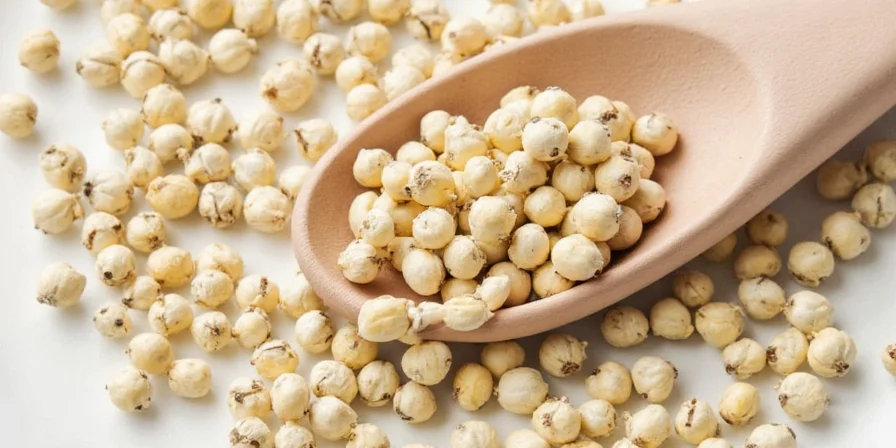
As you can see, they may come from the same vine, but their personalities couldn’t be more different. Choose wisely, grasshopper.
Culinary Tips: How to Use White Pepper Like a Pro
Ready to take your cooking from bland to brilliant? Here are some top-tier culinary hacks using white pepper:
- Perfect for Cream Sauces: Its subtle flavor doesn’t clash with dairy — unlike black pepper, which can leave a gritty texture.
- Boost Soups & Stews: Add a pinch to broths or potato leek soup for an earthy kick without overpowering other flavors.
- Secret Ingredient Alert: Use it in baking! Try adding a tiny bit to gingerbread dough or spiced cookies for a warm finish.
- Pair With: Lemon, garlic, cream of mushroom, fish, and shellfish dishes — especially seafood boils or creamy pasta sauces.
- Don’t Overdo It: A little goes a long way. Start with a pinch and taste as you go — unless you want to accidentally create a tear-jerker dish.
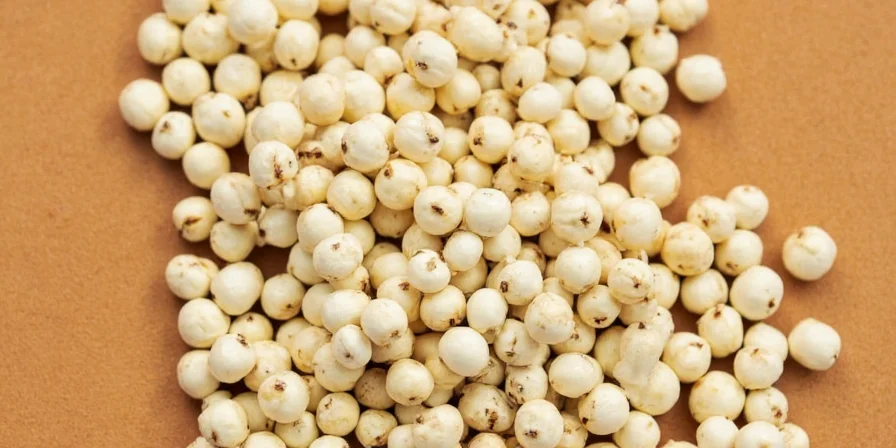
Health Benefits You Didn’t Know Existed
Here’s where things get interesting — white pepper isn’t just tasty; it also packs a nutritional punch.
- Piperine Power: Contains piperine, a compound that enhances nutrient absorption — especially curcumin in turmeric!
- Anti-inflammatory Properties: Helps reduce inflammation and may support joint health.
- Digestive Aid: Stimulates digestive enzymes, helping your body break down food more efficiently.
- Antioxidant Boost: Fights free radicals and supports immune function — basically a tiny ninja warrior in every grain.
- Better Bioavailability: Due to its fermentation process, some compounds are more readily absorbed than in black pepper — though research is still ongoing.
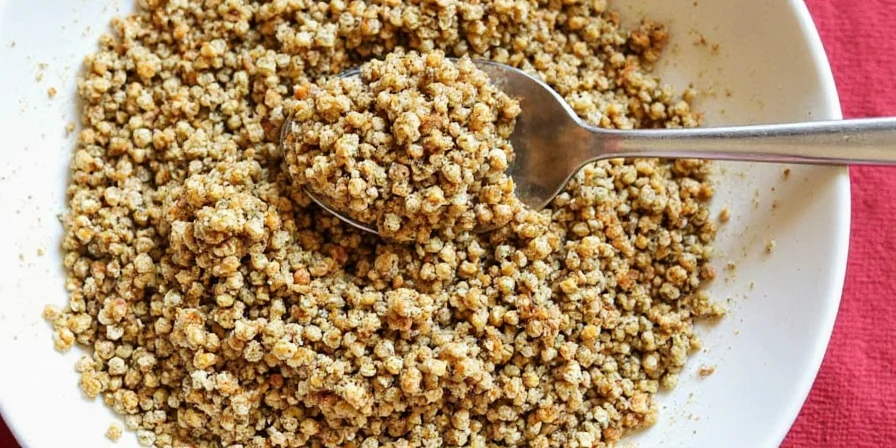
How to Store White Pepper (Hint: Not Just Any Jar Works)
Preserving the flavor and potency of white pepper requires a little care. Here’s how to keep it fresh:
- Air-Tight Container: Use glass jars with tight lids to protect from moisture and air exposure.
- Keep Cool & Dark: Store in a pantry or cabinet away from heat and sunlight — white pepper hates drama (and humidity).
- Whole Peppercorns Last Longer: If you buy whole peppercorns, grind as needed for maximum flavor retention.
- Check Shelf Life: Ground white pepper typically lasts up to 3 years; whole peppercorns can last up to 5 years if stored properly.
- Grind Smart: Invest in a good quality manual or electric grinder — cheap ones can ruin your seasoning experience faster than burnt toast.
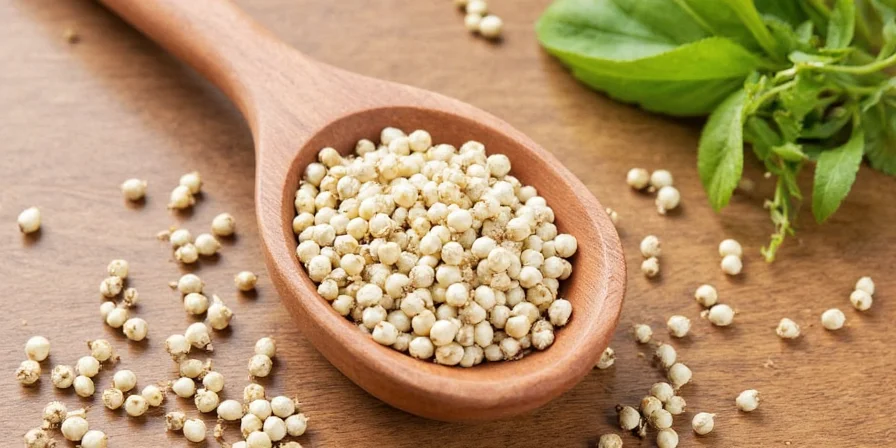
Myths vs. Truths: Busting Common White Pepper Misconceptions
You’ve probably heard a few tall tales about white pepper. Let’s separate fact from fiction:
| Myth | Truth |
|---|---|
| White pepper is just bleached black pepper. | False! It’s made from fully ripe berries through soaking and fermentation — not chemical bleaching. |
| It’s weaker in flavor, so it’s less valuable. | Not true! It has a subtler profile but plays better in certain dishes than black pepper. |
| All pepper types work interchangeably. | Wrong! Each type has unique characteristics and applications — swapping can ruin a recipe. |
| White pepper is healthier than black pepper. | Debatable. Both offer similar health benefits, but white pepper may be easier on sensitive stomachs. |
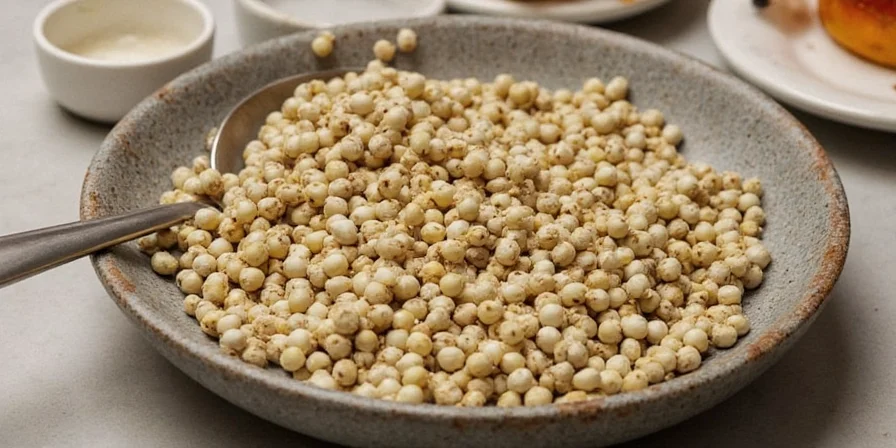
Spice It Up: Creative Recipes Featuring White Pepper
Now that you’re ready to channel your inner Julia Child, here are a few recipes that love white pepper:
- Creamy Mushroom Risotto: Stir in a dash of white pepper during the final stages of cooking for a gentle warmth that complements the earthiness of mushrooms.
- Lemon Garlic Butter Shrimp: A pinch of white pepper enhances the brightness of lemon and adds depth to the butter sauce.
- Classic Velouté Sauce: This French mother sauce practically begs for white pepper to add complexity without visual distraction.
- White Bean Soup: Gives the beans a rich undertone — perfect for cold nights and cozy vibes.
- French Omelets: Some chefs swear by a sprinkle of white pepper instead of black for that silky finish.
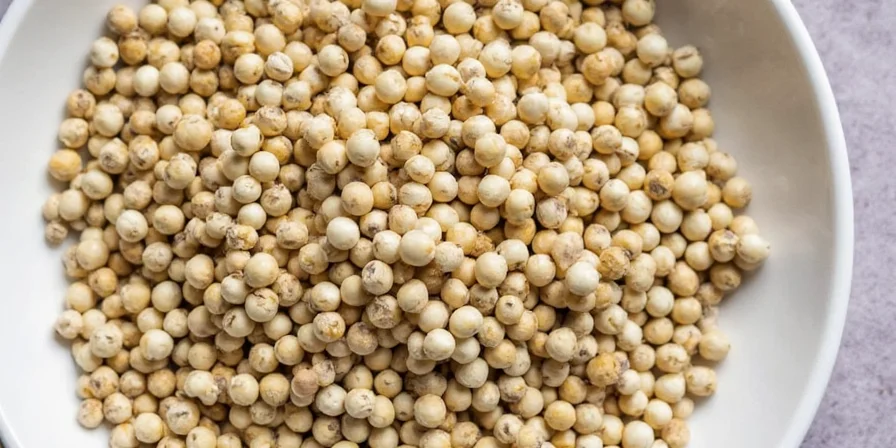
Conclusion: Make White Pepper Your New Best Friend
White pepper might not always steal the spotlight, but once you understand its strengths, it becomes an indispensable player in the kitchen. Whether you're a professional chef or a weekend warrior in the culinary arts, white pepper offers versatility, elegance, and just the right amount of punch when used correctly.
So next time you reach for the pepper grinder, don’t overlook the lighter side of the spice rack. Give white pepper the chance it deserves — your taste buds (and your guests) will thank you.
Stay spicy, stay curious, and remember: sometimes the best flavors come in the palest packages. 🌶️

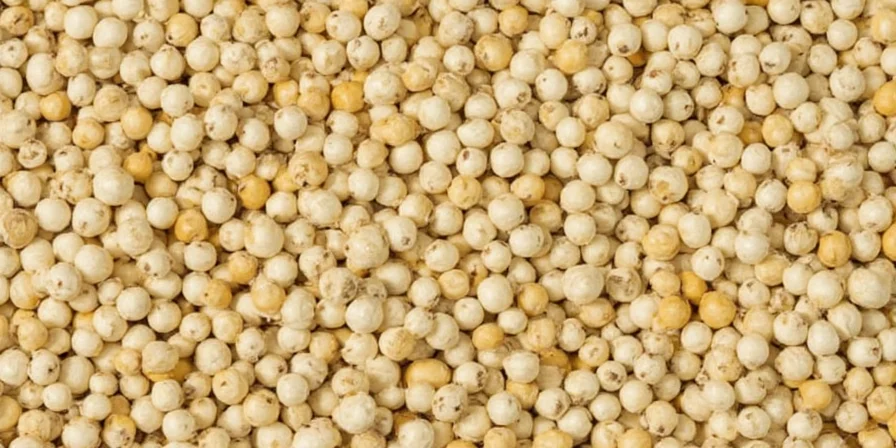









 浙公网安备
33010002000092号
浙公网安备
33010002000092号 浙B2-20120091-4
浙B2-20120091-4